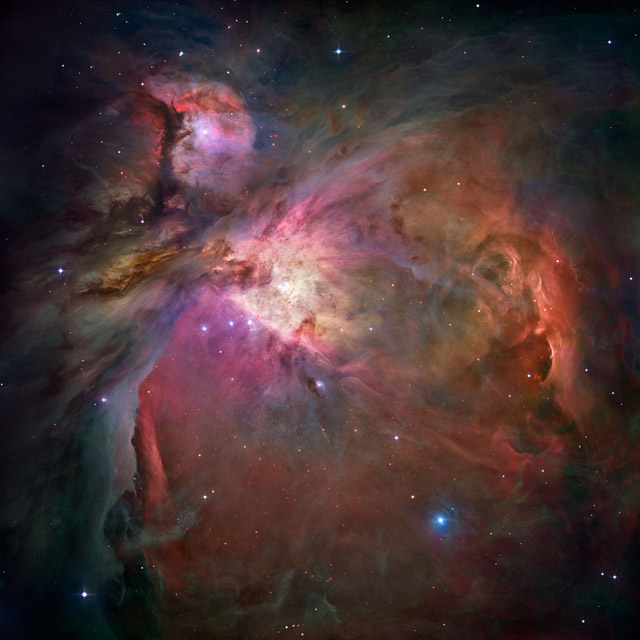National Aeronautics and Space Administration
Goddard Space Flight Center

Sun-Earth Day 2009: Our Sun Yours to Discover
IMAGE GALLERY

- Orion Nebula
This dramatic image offers a peek inside a cavern of roiling dust and gas where thousands of stars are forming. More than 3,000 stars of various sizes appear in this image. The image, taken by the Advanced Camera for Surveys (ACS) aboard NASA's Hubble Space Telescope, represents the sharpest view ever taken of this region, called the Orion Nebula. The Orion Nebula is 1,500 light-years away, the nearest star-forming region to Earth. Astronomers used 520 Hubble images, taken in five colors, to make this picture. They also added ground-based photos to fill out the nebula. This image was taken from Hubblesite.org
[Sun-Earth Day Note: By observing other stars in our universe, we learn more about our own star, the Sun.]
NASA Fact
Space Weather Forecasting costs only $5 million a year, but supports over $500 billion in annual revenue from the satellite and electrical power industries.
